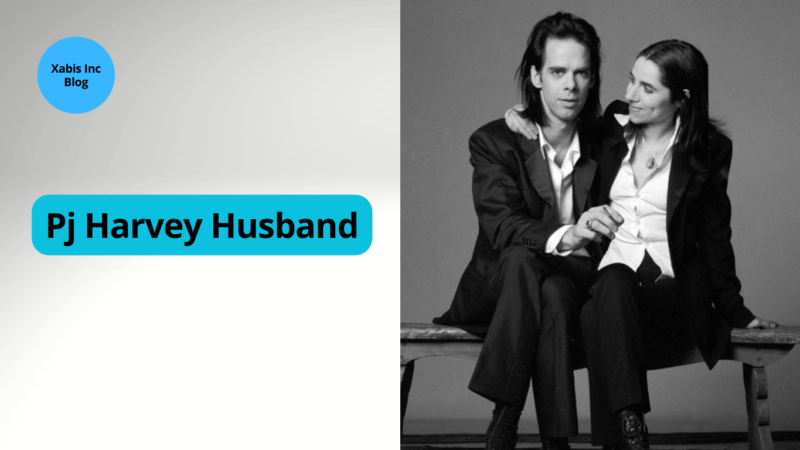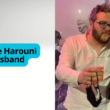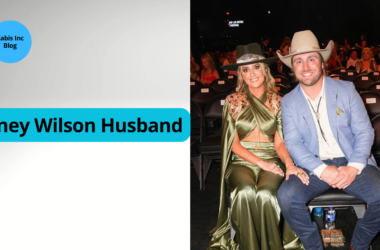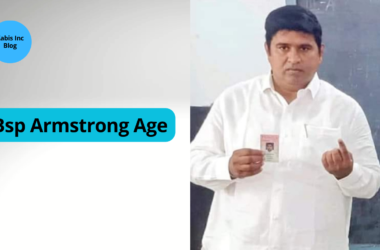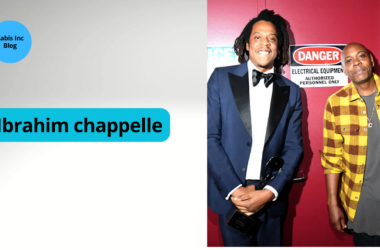At 54 years old, PJ Harvey, with an estimated net worth of $3 million, has crafted a remarkable musical journey influenced by a diverse range of genres and artists. From her early exposure to blues and jazz to her teenage rebellion with new wave and synthpop, Harvey’s eclectic tastes have shaped her into one of the most unique voices in music. This article delves into the various influences that have marked her career, reflecting on how they have helped her evolve as an artist.
How Did Early Exposure to Blues and Jazz Shape Harvey’s Musical Foundation?
Harvey’s parents introduced her to blues music, jazz, and art rock at a young age. The likes of John Lee Hooker, Howlin’ Wolf, Robert Johnson, Jimi Hendrix, and Captain Beefheart filled her home with their powerful sounds. In a 1995 interview with Rolling Stone, Harvey reflected on these early influences, stating, “I was brought up listening to John Lee Hooker, to Howlin’ Wolf, to Robert Johnson, and a lot of Jimi Hendrix and Captain Beefheart. So I was exposed to all these very compassionate musicians at a very young age, and that’s always remained in me and seems to surface more as I get older. I think the way we are as we get older is a result of what we knew when we were children.”
This early exposure laid a strong foundation for Harvey’s later work, embedding a deep appreciation for emotional and soulful music. The raw and expressive qualities of these genres can be traced throughout her discography, often surfacing in unexpected ways.
What Was the Impact of Teenage Rebellion on Her Musical Preferences?
During her teenage years, Harvey’s musical tastes shifted towards new wave and synthpop bands such as Soft Cell, Duran Duran, and Spandau Ballet. She described this phase as a form of rebellion against her parents’ record collection. This period of exploration allowed her to broaden her musical horizons, experimenting with different sounds and styles.
However, this rebellious phase was short-lived. Harvey eventually returned to her roots, incorporating the depth and complexity of her early influences into her evolving musical style. This period also marked the beginning of her interest in American indie rock bands, which would later play a significant role in her artistic development.
How Did American Indie Rock Bands Influence Harvey’s Later Teenage Years?
In her later teenage years, Harvey became a fan of American indie rock bands such as Pixies, Television, and Slint. These bands offered a stark contrast to the polished sounds of new wave and synthpop, providing a raw and unfiltered approach to music that resonated with Harvey.
Her connection with Slint was particularly notable. The band included a message in the inside sleeve of their album “Spiderland,” inviting interested female vocalists to write to them. Harvey took this opportunity, reaching out to the band and establishing a connection that would influence her approach to music.
What Role Did Patti Smith and Siouxsie Sioux Play in Harvey’s Career?
Although often compared to Patti Smith, Harvey has dismissed such comparisons as “lazy journalism.” Despite this, she acknowledges Smith’s influence, describing her as “so energizing to see and so passionate with what she’s doing.” This admiration reflects Harvey’s appreciation for artists who exhibit raw energy and passion in their performances.
Similarly, Harvey has cited Siouxsie Sioux as a significant influence on her live performances. She stated, “She is so exciting to watch, so full of energy and human raw quality.” This emphasis on live performance energy is a hallmark of Harvey’s own stage presence, which captivates audiences with its intensity and authenticity.
How Did Harvey’s Interest in Diverse Musical Genres and Composers Expand Her Artistic Range?
Harvey’s influences extend beyond rock and blues. She has drawn inspiration from Russian folk music, Italian soundtrack composer Ennio Morricone, and classical composers like Arvo Pärt, Samuel Barber, and Henryk Górecki. These diverse influences have allowed her to experiment with various sounds and styles, creating a unique and multifaceted musical identity.
Neil Young is another artist Harvey admires, and his impact on her work is evident in her lyrical and musical complexity. Young’s ability to blend genres and convey deep emotions through his music resonates with Harvey’s own artistic approach.
Which Literary Figures Have Shaped Harvey’s Lyricism?
As a lyricist, Harvey has been influenced by numerous poets, authors, and contemporary writers. She has cited Harold Pinter, T. S. Eliot, William Butler Yeats, James Joyce, and Ted Hughes as key influences on her writing. These literary figures have inspired Harvey to infuse her lyrics with depth, symbolism, and emotional intensity.
Contemporary influences such as Shane MacGowan and Jez Butterworth have also played a role in shaping her lyrical style. Their ability to convey powerful narratives and emotions through their writing has left a lasting impact on Harvey’s approach to songwriting.
Conclusion
PJ Harvey’s musical journey is a testament to the power of diverse influences. From her early exposure to blues and jazz to her teenage rebellion with new wave and synthpop, and her later admiration for American indie rock, Harvey has crafted a unique and dynamic musical identity. Her ability to draw inspiration from various genres, composers, and literary figures has allowed her to create a body of work that is both rich and varied. As she continues to evolve as an artist, these influences remain a vital part of her creative process, shaping her into the iconic musician she is today.



